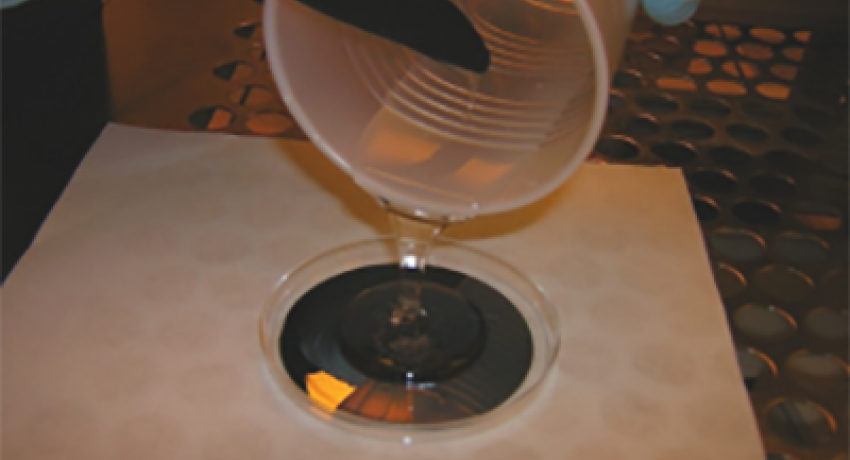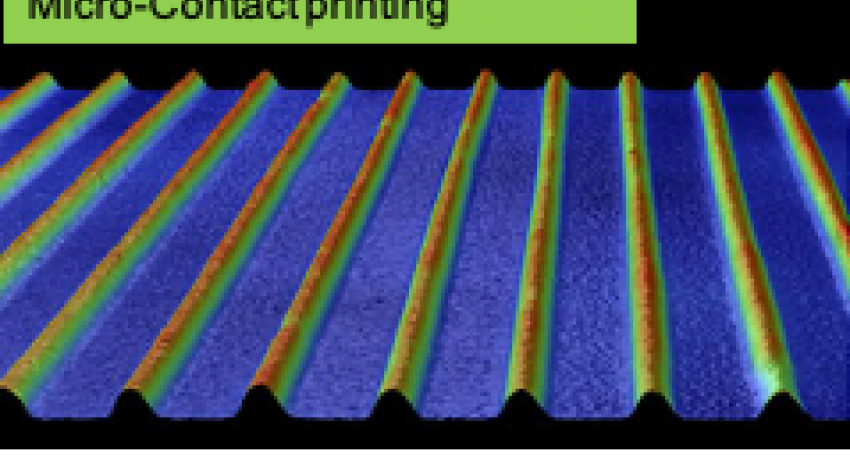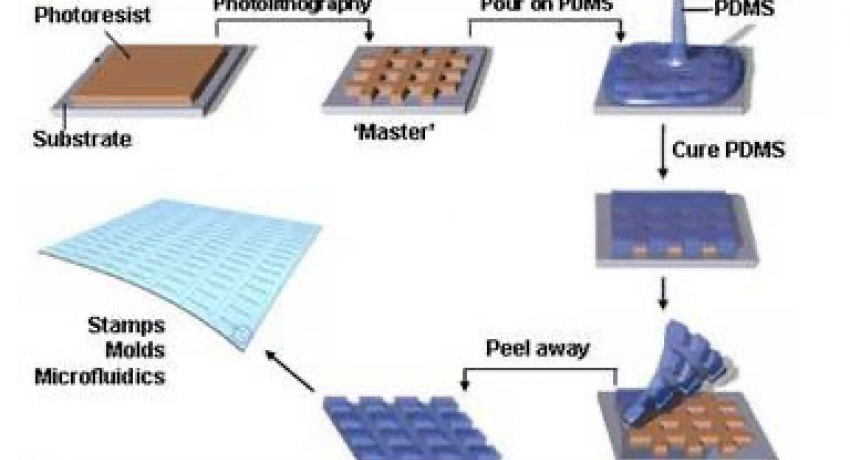Soft lithography involves making a three dimensional structure in a flexible polymer such as PDMS (polydimethylsiloxane) or PU (polyurethane) from a master mold of silicon or thick photoresist. The flexible polymer structures can be used for micro-fluidic channels or a "stamp" for transferring a liquid "ink" which could be a sol-gel or a functionalized chemical.
PDMS structure from SU-8 or KMPR master: This is the simplest of all methods in that it typically uses a low cost transparency mask and contact photolithography to expose a pattern in either SU-8 or KMPR resist on a silicon wafer. This resist/wafer combo is then the master for making the PDMS structure.
PDMS from all silicon master: This method results in a more robust and higher fidelity all silicon master realized by photolithography and deep reactive ion etching of silicon. The PDMS structure is then cast into the robust all silicon master. Polyurethane (PU) structures are usually cast from PDMS sub-molds. The PU has properties that are desirable in certain sol-gel stamping applications.
Polyurethane (PU) stamps: PU is used when working with certain "inks" such as some PZT (lead zirconate titanate) based sol-gel. Stamps are usually cast from PDMS sub-molds.
Micro-Contact Printing: The Karl Suss MJB3 had been co-opted to serve as a micro-contact printer of sol-gel mixtures using a polymer "stamp." The complete manual operation of the MJB3 along with its alignment capabilities lends itself well to contact printing of sol-gel "ink". The maximum substrate size is 3" wafers. Most of the stamps are in the inch x inch range. This system is located in the complex oxide sol-gel section of the cleanroom.
Pouring PDMS onto master
5µm lines of PZT printed with micro-contact printing
Resist master through PDMS stamp




